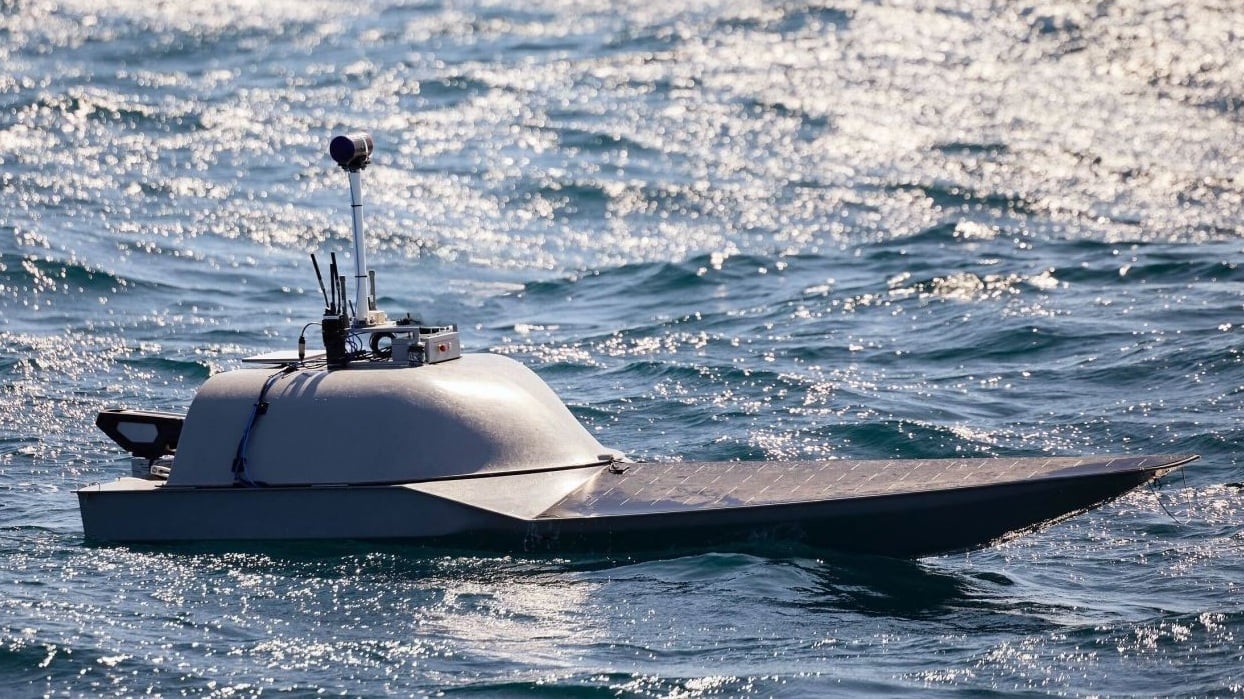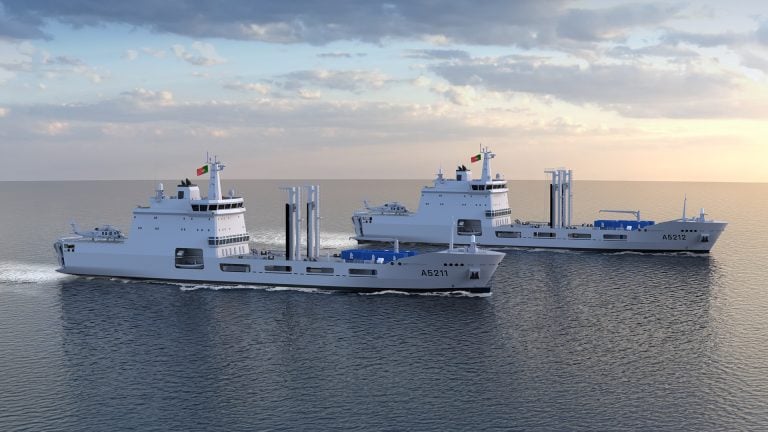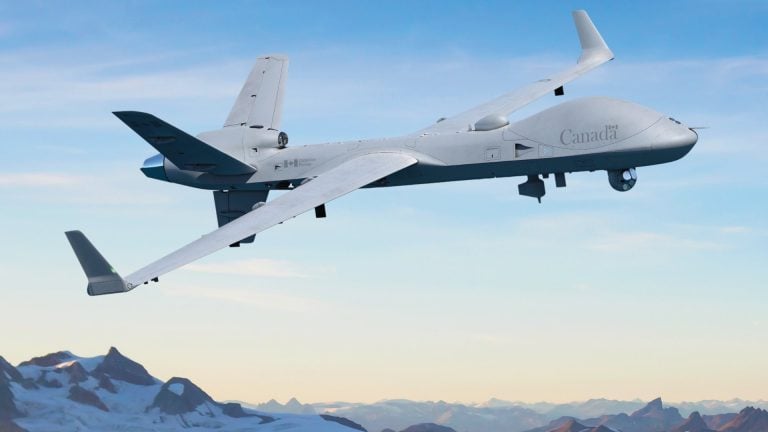Science Applications International Corporation (SAIC) and HavocAI have announced a strategic collaboration aimed at enhancing situational awareness for the US Navy by integrating SAIC’s real-time communications network with HavocAI’s autonomous maritime fleets. This innovative project is set to harness the capabilities of HavocAI’s autonomy software, which is adept at coordinating numerous unmanned vessels, in conjunction with SAIC’s Joint Range Extension (JRE) system, thereby facilitating joint interoperability.
The JRE system plays a crucial role in extending the reach of Link 16—an established communications network utilized by the US military and its allies to exchange tactical data across various domains, including air, land, and sea. This integration promises to enable autonomous vessels, sensors, and command platforms to connect seamlessly with US and allied military networks, ensuring that they can share vital information across multiple services simultaneously.
Moreover, this initiative aligns with the US military’s broader goal of supporting the Combined Joint All-Domain Command and Control (CJADC2) strategy, which is designed to enhance decision-making processes across all operational domains. “SAIC’s JRE has been the backbone of advanced joint interoperability for two decades. This partnership, which brings HavocAI’s innovative autonomous platform into the fold, will provide immediate operational value and drive the future of maritime operations for the US Navy,” remarked Barbara Supplee, SAIC Executive Vice President of Navy Business Group.
As part of the upcoming demonstrations, HavocAI’s autonomous vessels will relay real-time situational data to maritime operations centers. This effort is integral to the US Navy’s ongoing initiative to develop a hybrid fleet that employs both crewed and uncrewed systems.
The collaboration between SAIC and HavocAI builds upon their earlier projects that support various military programs in the United States. In a significant move last October, HavocAI, based in Rhode Island, successfully secured $85 million in funding to scale the production of its unmanned surface vessels and expand its collaboration with the US military and allied forces. Earlier this year, Lockheed Martin entered into a partnership with HavocAI to create medium unmanned surface vehicles, merging Lockheed’s expertise in weapon integration with HavocAI’s pioneering autonomous software systems.
In a related development, SAIC, headquartered in Virginia, recently signed a substantial five-year contract worth $120 million to provide support to the US Navy Tactical Training Group Pacific. This agreement encompasses sophisticated tactical training aimed at preparing sailors for deployments, combat operations, and joint exercises, further reinforcing the commitment to enhancing operational readiness within the maritime domain.



















